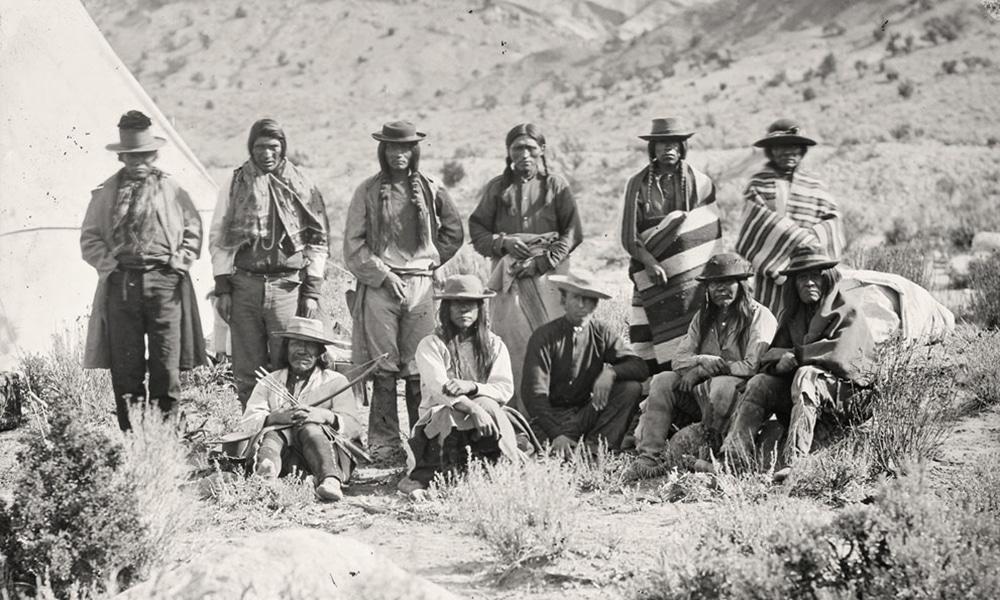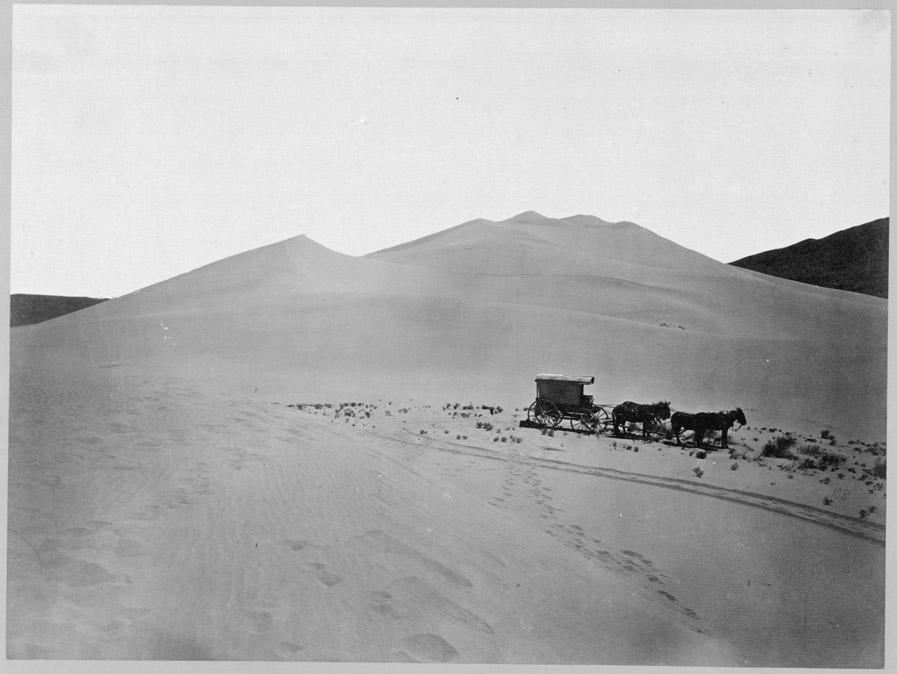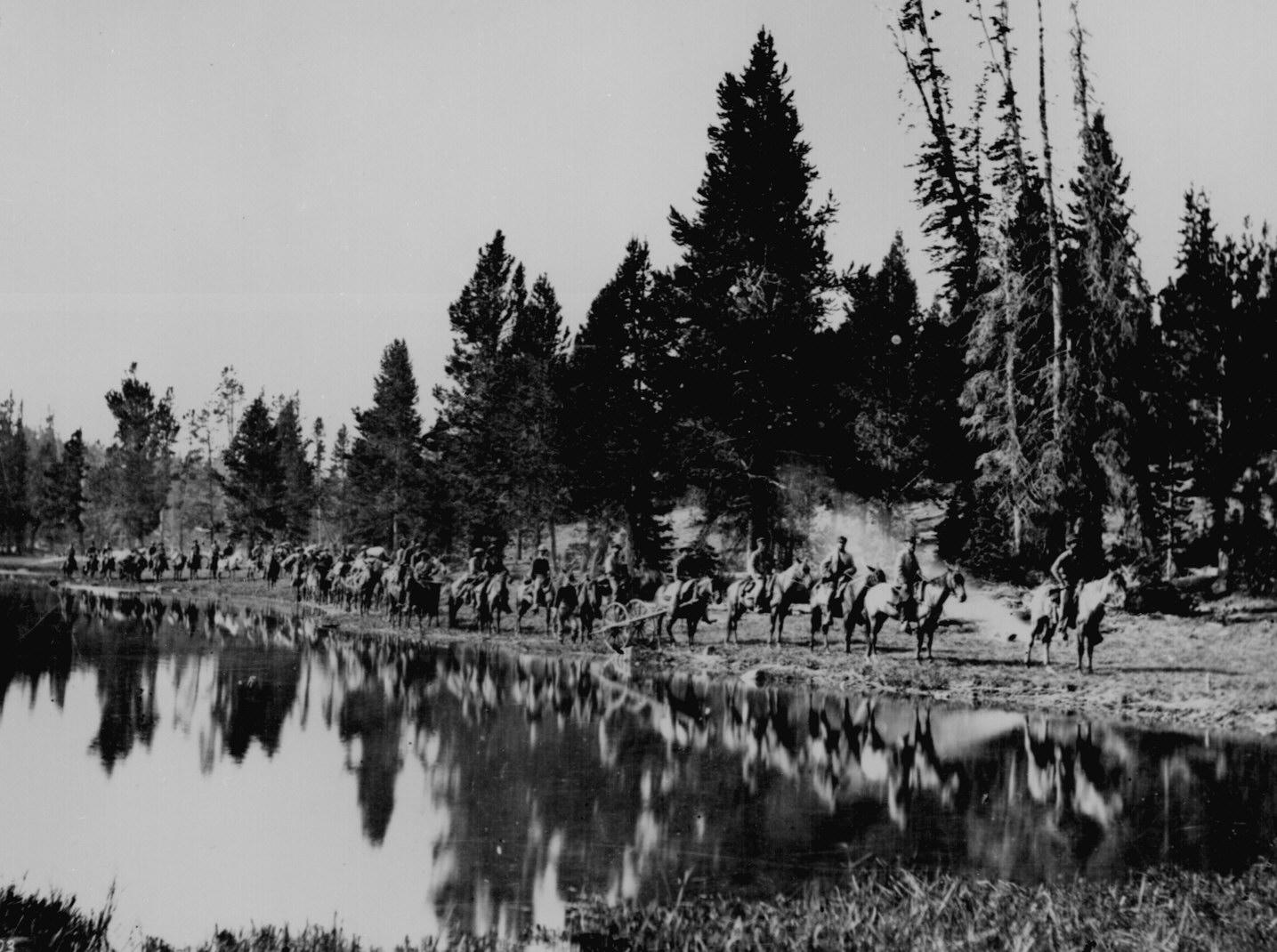The American West and photography, a new location and a new medium, both came of age in the 19th century. Granted, when photography first emerged, most of the land known as the American West today was not a part of the United States. However, in the following decades, as the United States was becoming a continental nation, photographers were documenting the country’s movement westward. In the 1860s-1870s, the American government sponsored the grand-scale American West exploration, which morphed into the Four Great Surveys that documented geology, botany, and landforms, as well as native peoples. Photographs from these surveys showed this new part of America for the first time and became some of the most treasured images in the country’s history.
There are different levels of a photographer’s involvement when they capture an image. A depicted involvement photograph is that focused on basic, factual presentment with little to no artistic involvement. In other words, a photographer aims at recording only what the subject looks like at a certain point in time. An example of such a photograph is Timothy O’Sullivan’s picture of an Indian group Pah-Ute made in 1872. O’Sullivan’s attention is on this specific group of people as a unit, and not on how they live or their surroundings. Some of them are sitting and some are standing but all are looking directly into the lens with neutral expressions, leaving for the audience to imagine what they are like.

Another level of involvement is known as representational artistic involvement. There is no manipulation of the scene from a photographer outside the camera’s limits. An example of a photograph constructed in such a way is Timothy O’Sullivan’s ambulance wagon and portable darkroom pictured in the Carson Desert’s sand dunes in 1867. Nothing in this frame is the result of the photographer’s manipulations; however, O’Sullivan constructed it in such a way that it attracts attention. Majestic sand dunes, situated in the middle of the shot, rise against darker hills. Footprints on the sand, rare vegetation, and an ambulance wagon create accents that make the scene more alluring than a simple landscape.

Then there is directed-reality artistic involvement, which occurs when a photographer’s creative perspective contributes to the already existing in the view. This is the case with William Henry Jackson’s picturing a pack train on the trail between the Yellowstone and East Fork Rivers in 1871. The pack train is moving on its own, as well as the body of water exists as it is. However, when the pack train is passing along the still water entity, it as a group and all its members are fancily reflected in the water. It was noticed by the photographer, who captured the magic by choosing the right place and angle from which to shoot.

In conclusion, during the Great Surveys, the beauty of the American West was caught on camera for the first time. The photographers who went on the expeditions – among which are Timothy O’Sullivan and William Henry Jackson – utilized various levels of involvement in the construction of their frames. Some pictures were made with no manipulations at all, others required photographers to capture a moment and choose certain perspectives from which to do it. As a result, photographs of the greatest value, some of the best-known ones in the American history, appeared.